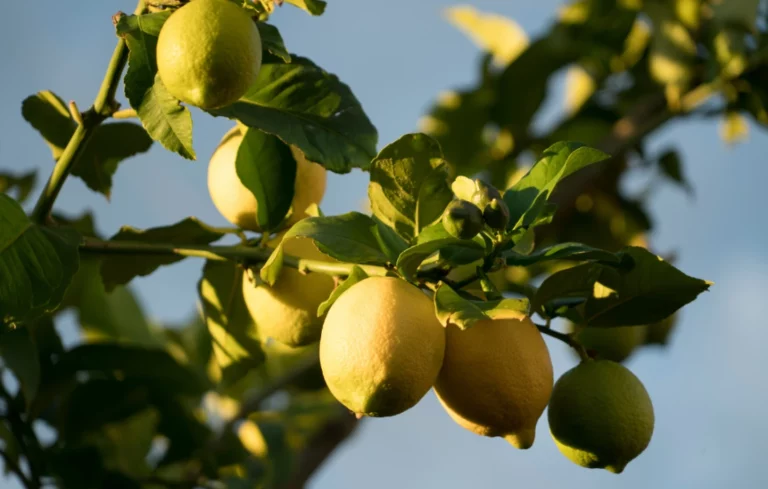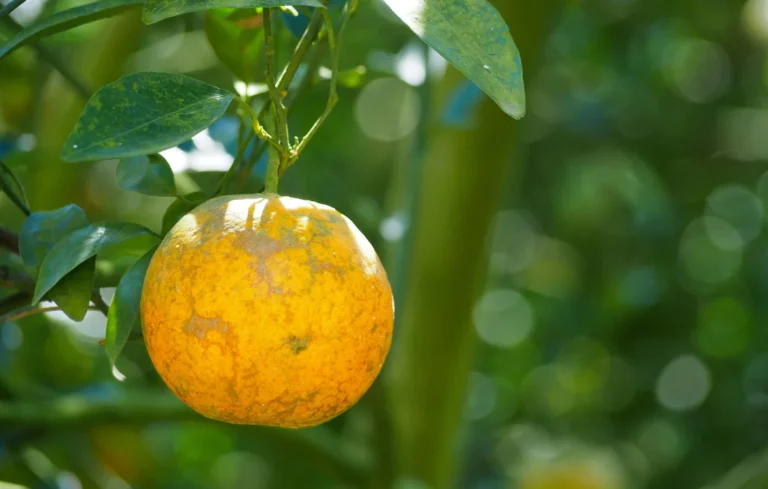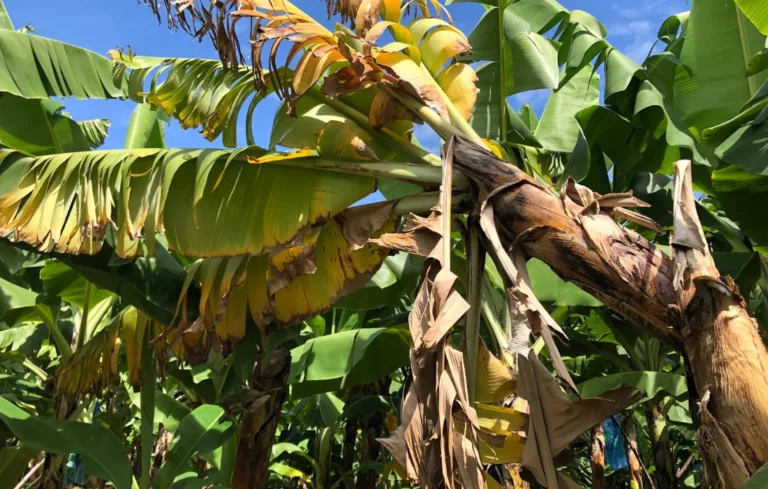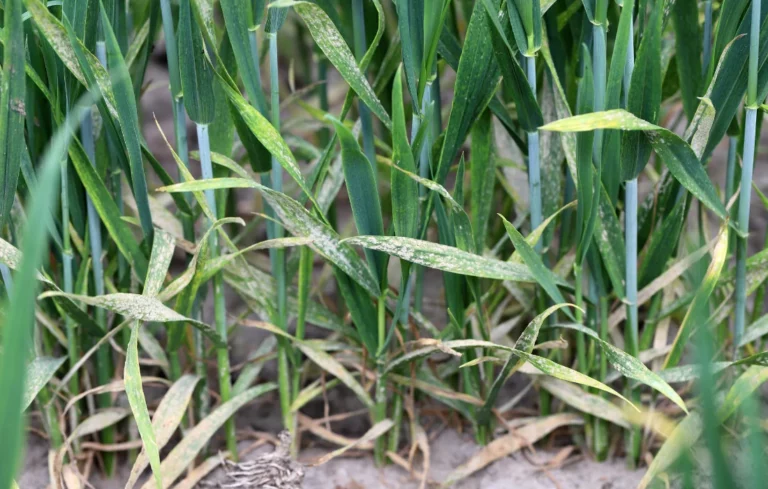Ergot is a dreaded disease among cereal growers because it can transform a healthy harvest into a batch unfit for human and animal consumption. This fungus, well-known to farmers specializing in rye, also affects wheat, barley, oats, and triticale. It threatens the health quality of produce and has major economic consequences if batches exceed regulatory contamination thresholds. How can you recognize the symptoms of wheat ergot? And what solutions can be adopted against this disease? Agrobiotop offers you its natural and effective solutions.
Ergot, a fungal disease of wheat and cereals
Ergot is caused by the fungus Claviceps purpurea , which develops on straw cereals, particularly rye, but also on soft and durum wheat, barley, oats, triticale, as well as on many weed grasses (foxgrass, ryegrass, timothy, etc.).
On contaminated ears, the grain is replaced by a characteristic black structure called a sclerotium. These sclerotia have an elongated, sometimes club-like shape and can measure up to five centimeters. In section, their white or purplish color makes them easier to identify. More discreet, microsclerotia can also adhere to the grains and escape visual sorting.
The fungus occurs in two forms: a sexual stage ( Claviceps purpurea ) and an asexual stage ( Sphacelia segetum ). It can develop on both cultivated plants and wild grasses found around plots. This epidemiological reservoir plays a major role in the persistence and spread of the fungus from one season to the next.
Life cycle of ergot
- The sclerotia fall to the ground at harvest and spend the winter there , either on the surface or slightly buried.
- The following spring, under humid conditions and temperatures between 10 and 25°C, the sclerotia germinate .
- They produce stromata, small rod-shaped structures, which release infectious spores.
- These spores contaminate host plants at flowering time.
- A few days later, a viscous liquid called honeydew appears on the contaminated ears; it contains conidia.
- These conidia are transported by pollinating or vector insects (aphids, midges, leafhoppers, etc.) , but also by rain splashes or contact between ears.
- The newly infected ears in turn develop sclerotia which fall to the ground at harvest, completing the cycle.
Consequences of ergot
Ergot does not significantly affect grain yield. However, its presence in harvested batches poses a major health problem. The sclerotia contain toxic alkaloids that remain active after processing the grains, whether into flour or animal feed.
In humans , these toxins can cause serious disorders: hallucinations, burns, convulsions, even gangrene, as illustrated by certain historical episodes known as ” Burning Sickness “.
In animals , the ingestion of contaminated cereals causes nervous disorders, a decrease in fertility, a drop in milk production, or even the appearance of gangrenous symptoms.
For this reason, regulations impose strict contamination thresholds. A batch exceeding the authorized thresholds may be refused collection or even destroyed, resulting in significant economic losses.
Do you need a natural solution for ergot
?
What are the conditions favorable to infection?
Germination of sclerotia is favored by high humidity and spring temperatures between 10 and 25 °C . Mild or prolonged winters below 10 °C allow their survival in the soil. Rainy episodes around flowering increase the probability of contamination.
Certain deficiencies in elements such as boron, copper, or manganese weaken plants and disrupt pollen fertility, making flowers more susceptible to colonization. Pollen sterility, caused by abiotic stresses (drought, deficiencies), promotes the penetration of the fungus at the time of pollination. The risk is further increased by the presence of weedy grasses close to the plot, which act as relays in the spread.
Good agronomic measures for prevention and control
The fight against ergot begins with the use of healthy seeds. The introduction of sclerotia via untested seeds represents a direct vector of contamination. Purchasing certified seeds constitutes a first level of safety.
Tillage is also an effective lever. Deep plowing allows the sclerotia to be buried more than ten centimeters, a depth from which they can no longer germinate. It is recommended not to plow again the following year to prevent these sclerotia from rising to the surface. Following plowing, shallow cultivation is preferable.
Crop rotation must be considered. On a contaminated plot, it is wise to exclude straw cereals for at least two consecutive years. Oilseeds or legumes offer interesting alternatives due to their non-host status.
Rigorous weed control limits sources of infection. Weedy grasses such as foxtail, ryegrass, and timothy must be eliminated in plots and also on field edges. These plants often ensure the epidemiological continuity of the fungus from one growing season to the next. Their control therefore plays a decisive role in the prevention strategy.
Agrobiotop solutions for combating the strawberry weevil
At Agrobiotop, we develop natural products to combat problems in cereal crops such as wheat ergot.
For the improvement (decompaction, aeration) and restoration of soils to eliminate foxtail and ryegrass
To combat ergot
1 liter CHITOPROTECT + 1Kg BENTOBIO /100 liters of water/hectare
Application of biostimulants
It is the first line of defense against diseases and pests, rich in trace elements, amino acids and vitamins, and strengthens crops
- YAKADOP (5 to 10 liters / 100 liters of water / hectare )
Do not hesitate to contact us for more information.
Photo : Shutterstock





